THE LIFE LINE
The life line is perhaps the most well-known and important line in the hand. Contrary to popular belief, it does not indicate the length of a person's life, but instead reveals information about their overall health and vitality. In this comprehensive analysis, we will explore the characteristics and variations of the life line, as well as how to interpret it.
Characteristics and Variations
Length: The length of the life line varies from person to person and does not necessarily indicate how long a person will live. Instead, it reveals information about a person's vitality and energy level. A long, deep life line is thought to indicate a strong constitution and good health, while a short or shallow line may suggest a weaker constitution.
Shape: The shape of the life line can also reveal information about a person's health and vitality. A smooth, unbroken line is thought to indicate good health, while a jagged or broken line may suggest periods of illness or difficulty.
Branches: Branches that extend from the life line are known as secondary lines and can reveal additional information about a person's health and vitality. A well-defined, unbroken branch is thought to indicate a period of good health, while a broken or jagged branch may suggest an illness or setback.
Chaining: A chained life line, with multiple small links or breaks, is thought to indicate a tendency towards anxiety or nervousness.
Interpreting the Life Line
Length: As mentioned earlier, the length of the life line does not indicate how long a person will live. Instead, it reveals information about a person's vitality and energy level. A long, deep life line is thought to indicate a person with a strong constitution and good health, while a short or shallow line may suggest a weaker constitution.
Shape: The shape of the life line can reveal information about a person's health and vitality. A smooth, unbroken line is thought to indicate good health, while a jagged or broken line may suggest periods of illness or difficulty.
Branches: Branches that extend from the life line can reveal additional information about a person's health and vitality. A well-defined, unbroken branch is thought to indicate a period of good health, while a broken or jagged branch may suggest an illness or setback.
Island: An island on the life line is thought to indicate a period of illness or difficulty, while a star on the life line may suggest a period of good health or success.
Cuts: A cut on the life line is thought to indicate an accident or injury, while a fork in the life line may suggest a decision or choice that will affect a person's health or vitality.
The life line is a complex line that reveals a wealth of information about a person's health and vitality. By examining its length, shape, and various characteristics, you can gain insight into a person's overall constitution and potential for health and wellness. It is important to remember that the interpretation of the life line should be done in conjunction with other features of the hand, such as the fingers and mounts, for a more comprehensive understanding of a person's character and destiny.

